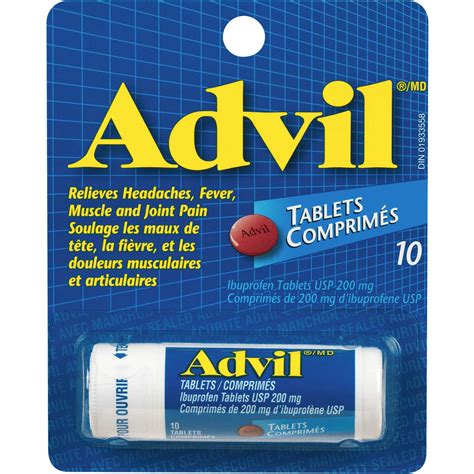The concern about moles, whether for aesthetic reasons or due to potential health risks, is common among many individuals. Moles are growths on the skin that are usually harmless but can sometimes be cancerous. The decision to remove a mole can stem from a variety of factors, including its appearance, location, or a doctor’s recommendation following a biopsy. Whatever the reason, understanding the various mole removal solutions available is crucial for making an informed decision. This comprehensive guide delves into the different methods of mole removal, their effectiveness, and what one should expect from the procedure.
Understanding Moles
Before exploring mole removal solutions, it’s essential to understand what moles are. Moles, also known as melanocytic nevi, are clusters of pigmented cells called melanocytes. They can appear anywhere on the body and come in various shapes, sizes, and colors. Most moles are benign, but in some cases, they can develop into melanoma, a type of skin cancer. The ABCDE rule is often used to gauge the potential risk of a mole being cancerous: Asymmetry, Border (irregular), Color (varied), Diameter (larger than 6mm), and Evolving (changing over time).
Mole Removal Methods
There are several methods for removing moles, each with its advantages and considerations:
Surgical Excision: This involves surgically cutting out the mole and stitching the skin closed. It’s often used for moles that are suspected to be cancerous or for cosmetic reasons. The procedure is typically done under local anesthesia and may leave a scar, depending on the size and location of the mole.
Shave Excision: For moles that are raised above the skin’s surface, a shave excision might be performed. This method uses a special tool to shave the mole off at the skin’s surface. It’s less invasive than surgical excision and usually doesn’t require stitches, but there’s a slight chance the mole could grow back.
Laser Removal: Laser mole removal uses high-energy light beams to break up the pigment in the mole, allowing it to be absorbed by the body. This method is less invasive and can be effective for moles that are not too deep. However, it might require multiple treatments and is generally more expensive than surgical methods.
Freezing (Cryotherapy): This method involves spraying a small amount of liquid nitrogen onto the mole to freeze it. After the mole thaws, it should fall off within a couple of weeks. Cryotherapy is less commonly used for mole removal due to potential scarring and the difficulty in ensuring all mole cells are destroyed.
Choosing the Right Method
The choice of mole removal method depends on several factors, including the depth and location of the mole, its suspected nature (benign vs. cancerous), and personal preference regarding scarring and recovery time. Consulting with a dermatologist or a healthcare professional is essential to determine the most appropriate method for your specific situation.
Preparation and Aftercare
Regardless of the chosen method, proper preparation and aftercare are crucial for minimizing risks and ensuring a smooth recovery. This includes avoiding certain medications that could increase bleeding risk, keeping the wound clean and applying any prescribed creams or ointments, and attending follow-up appointments to check on the healing process and remove any sutures.
Cost Considerations
The cost of mole removal varies widely depending on the method, the size and complexity of the procedure, the doctor’s fees, and whether the procedure is covered by insurance (in cases where the mole is suspected to be cancerous). It’s essential to discuss these aspects with your healthcare provider before undergoing the procedure.
Natural and Home Remedies
While medical procedures are the most reliable methods for removing moles, some individuals explore natural remedies as potential alternatives. However, it’s crucial to approach such remedies with caution. Methods like using castor oil, garlic, or apple cider vinegar might have limited effectiveness and could potentially cause skin irritation or other complications. It’s always best to consult with a healthcare professional before attempting to remove a mole, especially to rule out any malignant conditions.
Conclusion
Mole removal is a personal decision that should be made with the advice of a healthcare professional. Whether for cosmetic reasons or due to health concerns, understanding the available methods and their implications is key. By considering the factors discussed here, individuals can make informed decisions that align with their needs and priorities.
What are the primary methods for removing moles?
+The primary methods for removing moles include surgical excision, shave excision, laser removal, and freezing (cryotherapy). The choice of method depends on the mole’s characteristics and personal preferences regarding scarring and recovery.
Is mole removal painful?
+Most mole removal procedures are performed under local anesthesia to minimize pain. You might feel some discomfort during the procedure and possibly some pain afterward, but this can usually be managed with over-the-counter pain relievers.
Can moles grow back after removal?
+How much does mole removal cost?
+The cost of mole removal can range from a few hundred to several thousand dollars, depending on the method, the doctor’s fees, and the complexity of the procedure. In cases where the mole is suspected to be cancerous, some or all of the costs might be covered by insurance.
Are there any risks associated with mole removal?
+Yes, as with any medical procedure, there are risks associated with mole removal, including infection, scarring, and in rare cases, nerve damage. However, when performed by a qualified healthcare professional, these risks are minimal.


